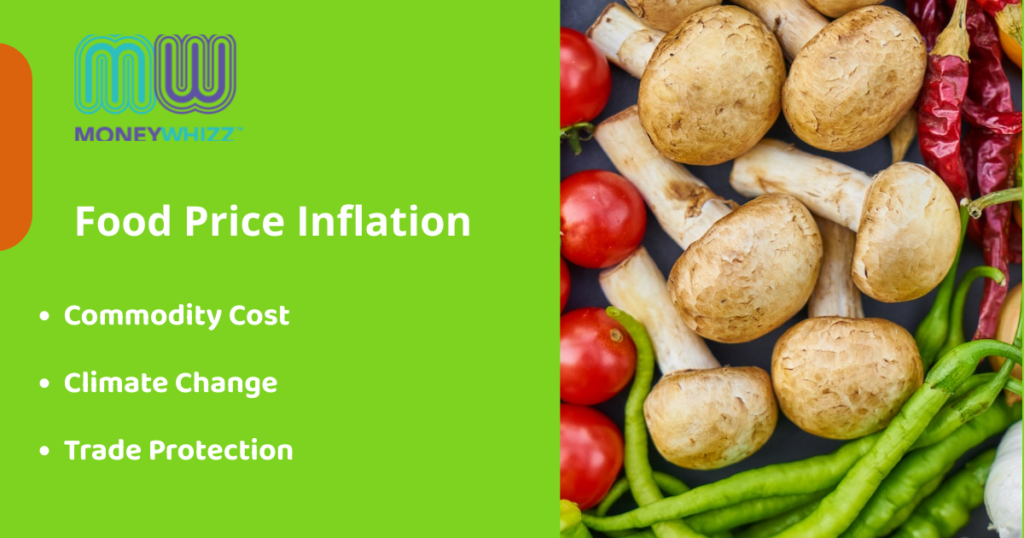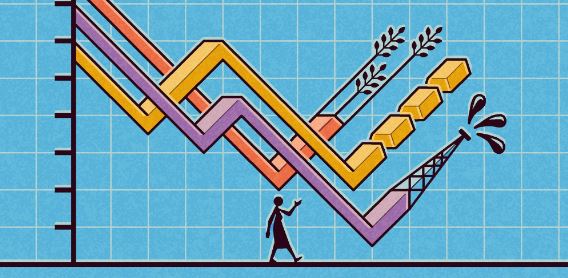How food price stability impacts personal financial wellbeing

Over the course of the last few weeks, global commodity prices have begun to demonstrate signs of levelling off. This is in large part due to changing consumer demand along with the easing of some supply-side blockages that dogged commodity trade earlier this year.
However, the short-term relief this may deliver on the cost of a litre of milk or petrol should not be seen as a sign of things to come, especially in the medium to long-term.
Climate cost
For starters, the impact climate change will have on the production of essential foods will probably get even more acute than experienced this year. This year, global droughts resulted in the reduction of a variety of crop yields across the EU, North American and beyond. Equally, dry weather has also impacted yields for many dairy-related products. If we are to consider long-term weather pattern predictions, large parts of Europe, North America, Asia and South America are likely to experience more intense drought conditions in the years ahead. And without reasonably stable weather patterns, agricultural production and yields are likely to be unpredictable at best. At worst, they may even be insufficient. As this happens, food prices may become more volatile. So, even if the current constraints on the shipment of grain and other commodities from Ukraine resolve fully, climate change is set to become a far greater menace to global food prices.
Trade regionalisation
Rising trade protectionism is also a factor that can have a significant impact on the cost of food around the world. The current war in Ukraine has sent EU policymakers back to the drawing board on a range of security matters, including food (and fuel). While this does not mean the EU is preparing to abandon trade agreements in place immediately, it does mean that current thinking is evolving fast. It is highly unlikely that reliance on trade agreements to deliver on key aspects of food security within the EU can remain as-is. It is much more likely that policymakers will be racing to engineer greater local reliance. As such policies emerge, consumer pricing will have to reflect a fairer deal for all stakeholders, especially farmers.
Education will be needed
Price stability is essential to the financial wellbeing of families everywhere. In 2022, the sudden and sharp spike in prices for food and fuel have been a financial shock to all households. While many may have built some financial reserves, many more have not. All will be paying close attention to the actions of stakeholders, including retailers and elected representatives. If extreme price volatility continues, households will begin to examine closely what available options might deliver stability to them and their financial wellbeing.
Frank Conway is the founder of MoneyWhizz


Comments are closed.